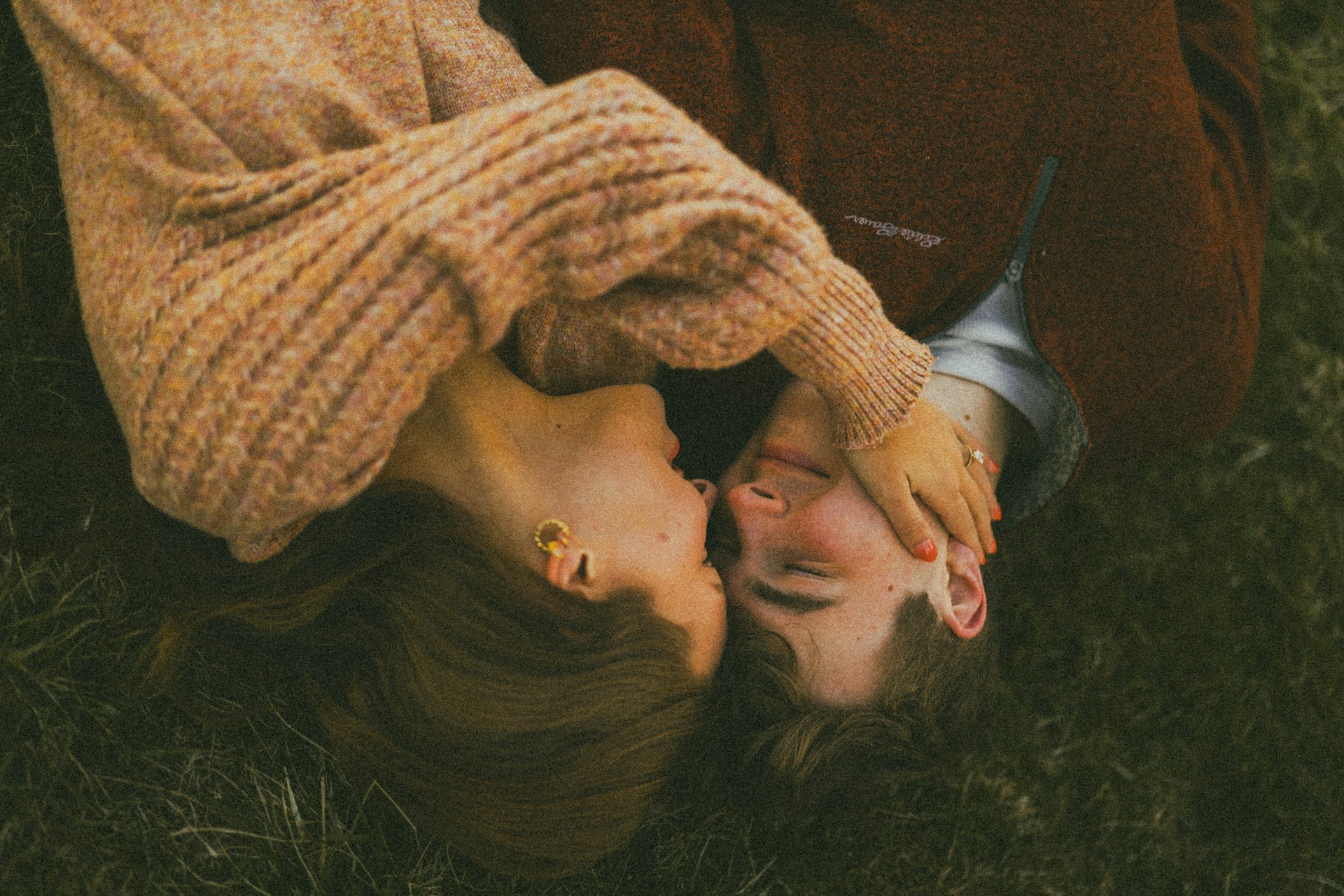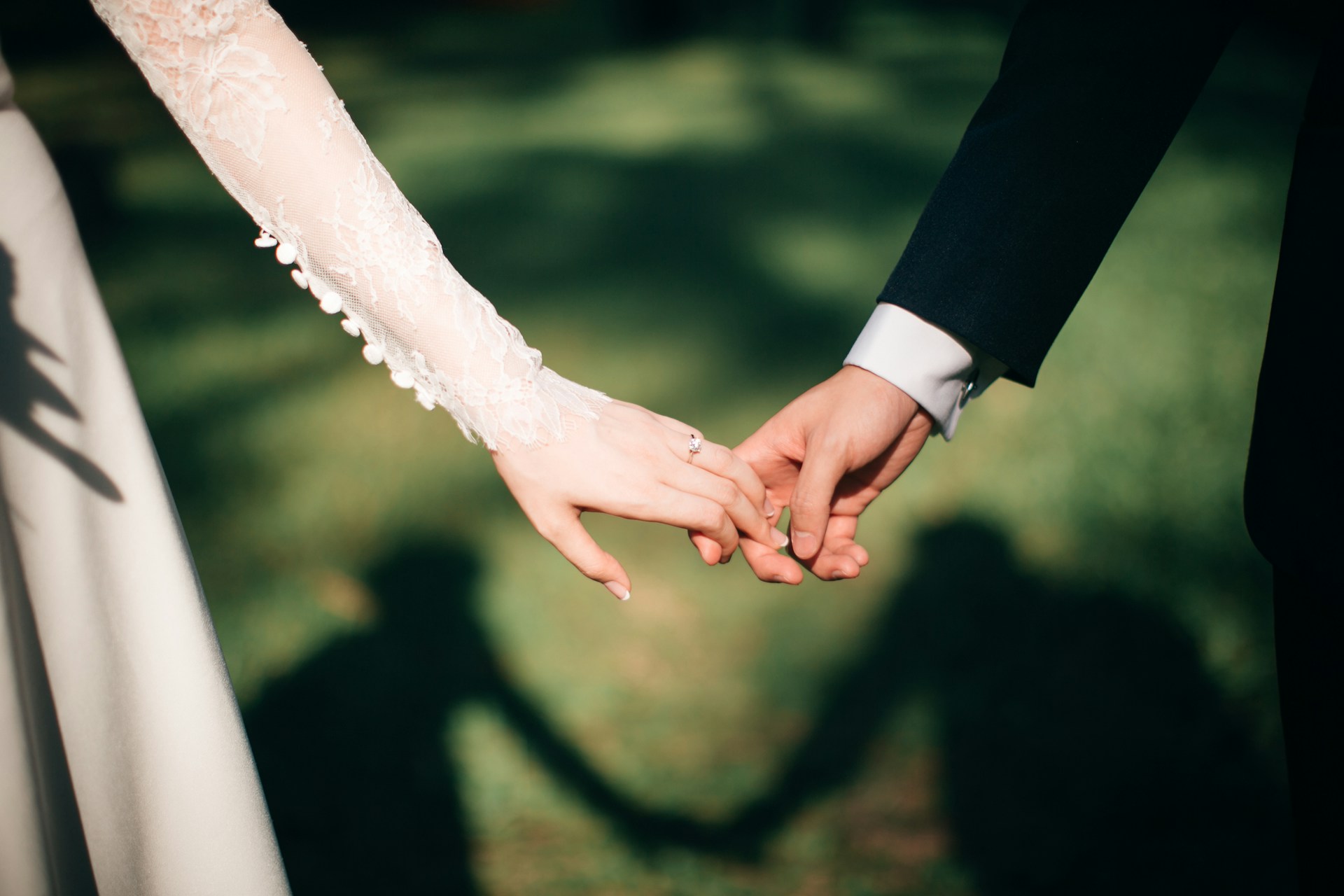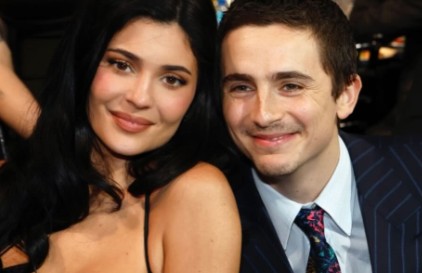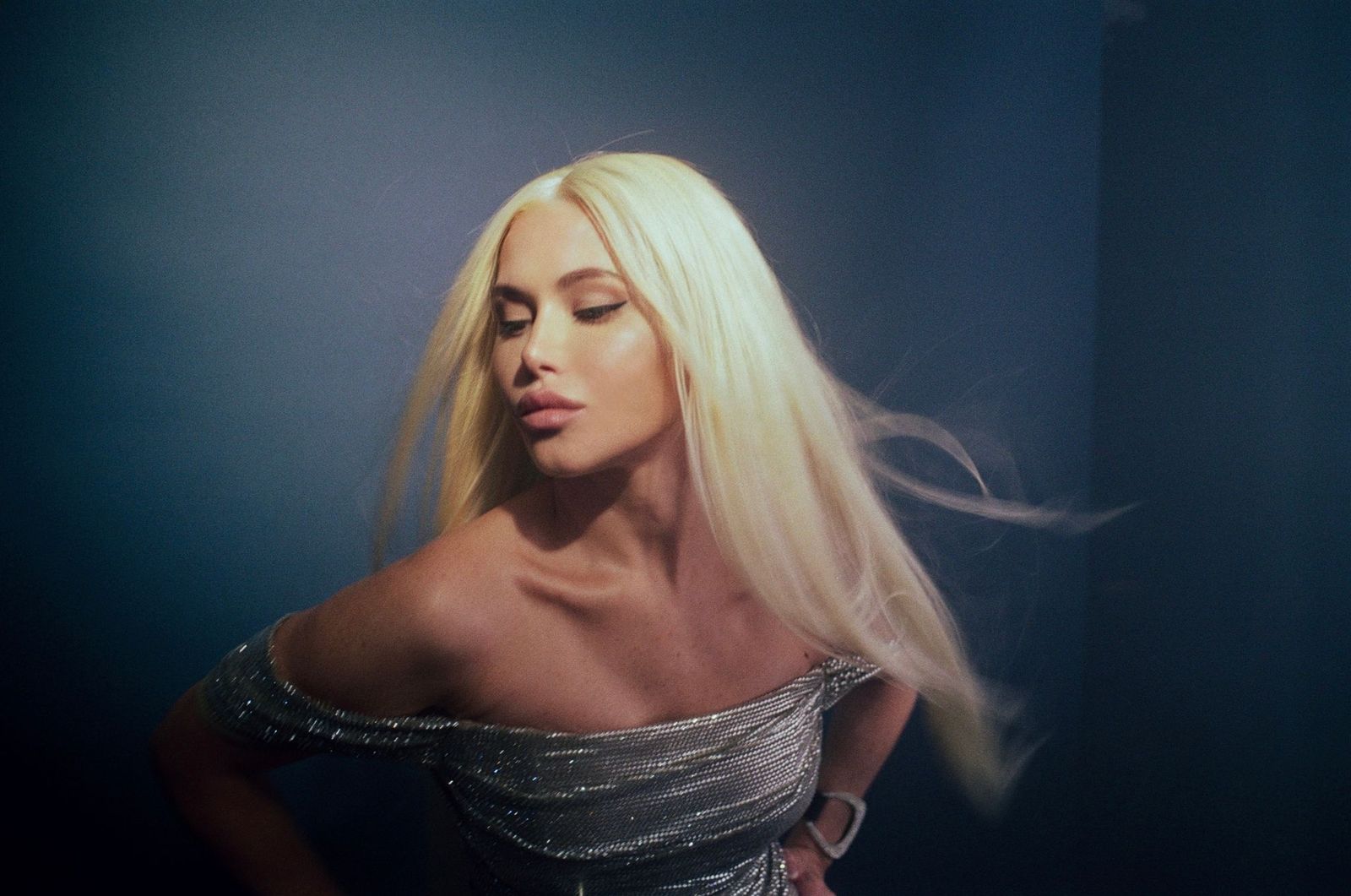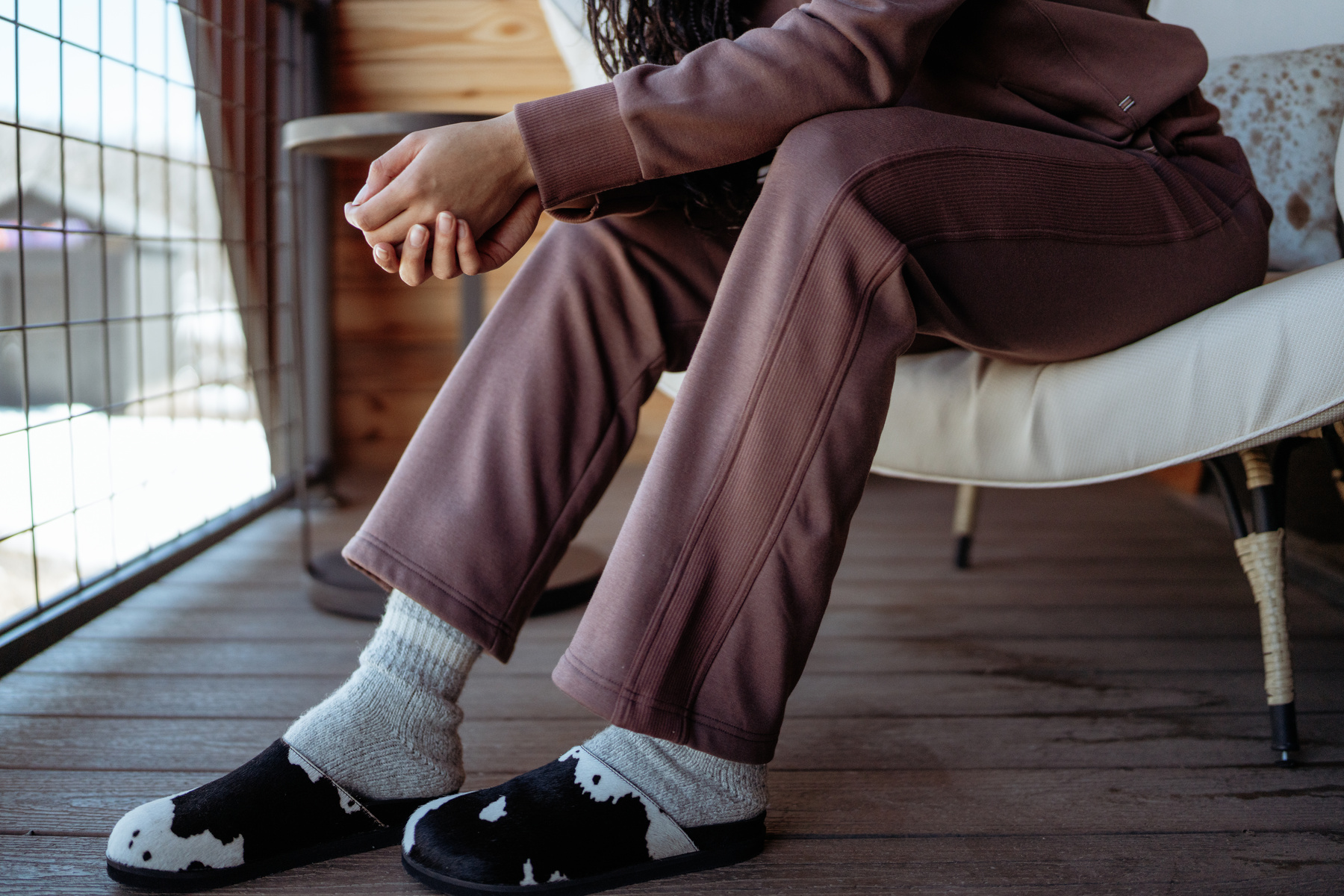
Emily Ratajkowski, NYT Best-selling Author, Entrepreneur, and Model
AWNewYork/Shutterstock
Content Warning: The following article contains depictions of sexual assault.
Emily Ratajkowski isn’t one to stay silent.
The model and actress, who’s perhaps most widely recognized as “the girl from the ‘Blurred Lines’ music video,” has used her platform over the past few years to engage in notable activism. She was spotted at Black Lives Matter protests in Los Angeles earlier this year and has been a loud advocate for women’s rights, even serving as a spokesperson for Planned Parenthood.
But Ratajkowski recently revealed some harrowing behind-the-scenes details about being one of today’s most sought-after models. In a new essay for The Cut titled “Buying Myself Back,” she detailed an alleged sexual assault at the hands of photographer Jonathan Leder, who—without her consent—later sold and displayed suggestive photographs he’d taken of her.
“In 2012, my agent told me I should buy a bus ticket from Penn Station to the Catskills, where a photographer named Jonathan Leder would pick me up and reimburse me for my fare,” Ratajkowski wrote. “We’d shoot in Woodstock, for some arty magazine I’d never heard of called Darius, and I’d spend the night at his place, she said. This was something the industry calls an unpaid editorial, meaning it would be printed in the magazine and the ‘exposure’ would be my reward.”
Ratajkowski then explained how Leder photographed her on a Polaroid camera as she posed both in lingerie and nude, drunk off the glasses of wine he kept serving her. “The second I dropped my clothes, a part of me disassociated,” she wrote. “I began to float out of myself, watching as I climbed back onto the bed. I arched my back and pursed my lips, fixating on the idea of how I might look through his camera lens. Its flash was so bright and I’d had so much wine that giant black spots were expanding and floating in front of my eyes.”
She then described how Leder allegedly, painfully assaulted her —”I don’t remember kissing, but I do remember his fingers suddenly being inside of me”—before sending her off on her way the next morning without discussing the incident.
Ratajkowski recalls receiving a call about her new book of photographs a few years later, an endeavor she was unaware of. “When the news broke of a book being sold with my name on it—the cover was completely white and read only EMILY RATAJKOWSKI in bold black lettering— several media outlets reached out to me directly, thinking they were being generous by offering their support to a new project of mine.”
Perhaps unsurprisingly, Leder was behind the book. She continued: “Confused, I searched my name online. There it was: Emily Ratajkowski, the book, priced at $80. Some of the images were posted on Jonathan’s Instagram, and they were among the most revealing and vulgar Polaroids he had taken of me…And from what was being said online, a lot of people believed the entire situation had been my doing. I, after all, had posed for the photos.”
Ratajkowski explained that her lawyer sent cease-and-desist letters, on the basis that she had only consented for the photos to be printed in the magazine they were intended for. Upon learning that Leder would also display some of the most compromising photos in a Lower East Side gallery, she realized she hadn’t signed anything regarding a gallery in her model agreement for the initial photo shoot.
Emily Ratajkowski, the book, sold out and was reprinted three times. Leder later published another book of photographs from that same shoot and put on another gallery. “I almost felt like I was checking in on a part of me, the part of me he now owned,” Ratajkowski wrote. “For years, while I built a career, he’d kept that Emily in the drawers of his creaky old house, waiting to whore her out. It was intoxicating to see what he’d done with this part of me he’d stolen.”
These photos of Ratajkowski were blatantly published against her consent. Her story mirrors that of countless fellow models, as more and more photographers have been accused of similar abusive behavior. But as disturbing as this instance is, the law isn’t on her side here.
U.S. law states that “a photograph is the property of the person who presses the shutter on the camera—not the person who owns the camera, and not even the person in the photo.” That’s why Ratajkowski was once sued for reposting a photo a paparazzo had taken of her, as she detailed in the first portion of her essay.
The loophole to these copyright laws about photograph ownership is if “a written agreement exists that makes the photo a work made for hire,” meaning Ratajkowski is within her rights to take legal action against Leder, because he used the photos outside of the purpose she agreed to.
But, whether or not Leder is legally entitled to publish books and host galleries of these, Ratajkowski’s essay brings to light a disconcerting conversation regarding how models are treated—especially those who, like Ratajkowski, are known as sex symbols.
There was a clear exchange of power in the moment when Ratajkowski, who had posed nude before, timidly removed her clothes in front of Leder; from then on out, she knew she would be depicted from Leder’s point of view. By continuing to share photos of her that she didn’t consent to being published, Leder is attempting to strengthen his hold of power over her.
By bravely writing this essay, Ratajkowski opens a Pandora’s Box of questions regarding ethics in editorial photography: When do photos go from being sensual to straight-up exploitative? What psychological and emotional damage is being done by men who contort female models into their sexed-up ideals, and how would fashion photography change if women took photos of women instead?
Ratajkowski said that when the fact-checker she worked with on her story reached out to Leder for comment, his response included: “This is the girl that was naked in Treats! magazine, and bounced around naked in the Robin Thicke video at that time. You really want someone to believe she was a victim?”
What Leder and a never-ending list of men fail to understand are the nuances between women being sexual and women being sexualized. The difference is in who holds the power.
When Cardi B and Megan Thee Stallion rap about female pleasure, they have the power in that instance because they’re choosing how to be perceived. When Emily Ratajkowski hesitantly poses nude after being served multiple glasses of wine, the power lies with the photographer, because she is unable to control how she’s perceived. But, as Ratajkowski writes, she “will continue to carve out control where she can find it.” Hopefully, her brave essay will inspire other women to do the same.
